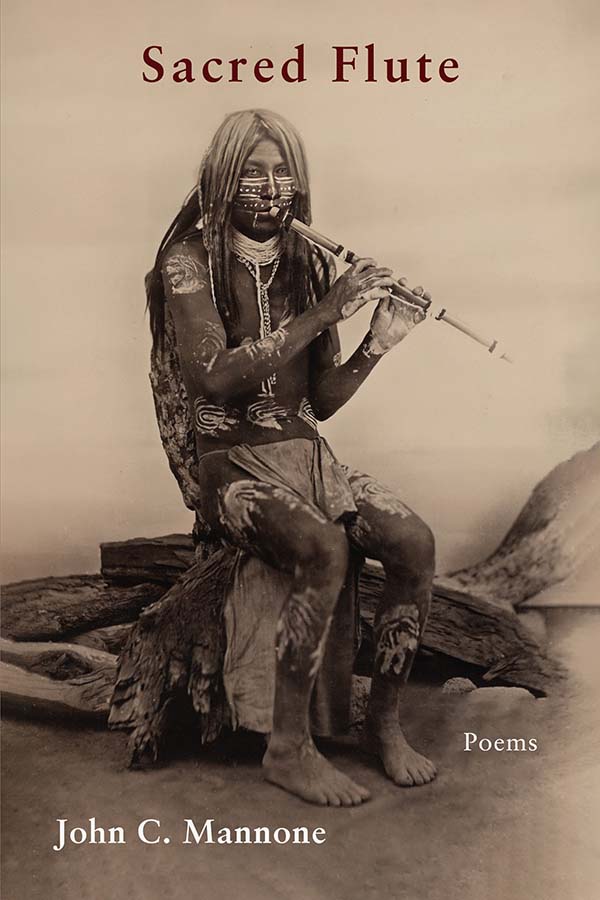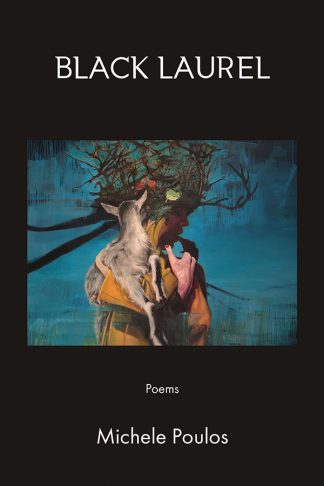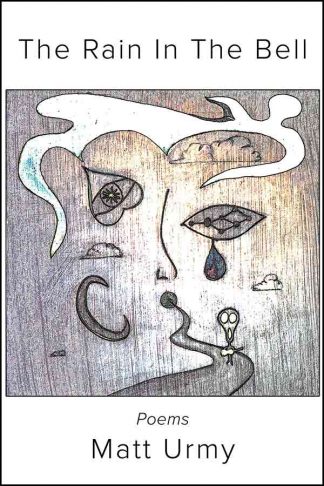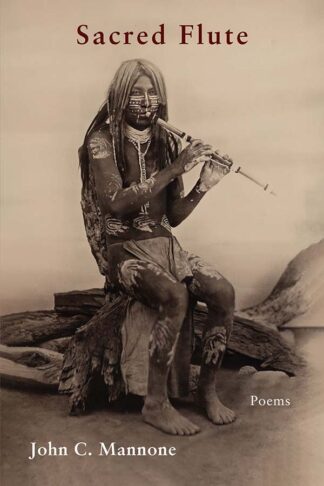Description
Sacred Flute is a collection of poems infused with and inspired by Native American Indian culture, history and legend, and are not necessarily redactions—these poems are transcendent of that. This collection focuses on Native American nations on the North American continent. Bibliographic and Internet sources that have influenced and/or informed these poems are cross-referenced with bracketed numbers in the body of work. Attempts have been made to at least capture the major Native American nations, either directly or through their language groups.
Praise for Sacred Flute
John C. Mannone’s Sacred Flute, is book of poems that does more than just retell the old stories. This collection presents the heart of the mythos of the First People. It shares our truths but not for the sake of storytelling, or for exploitation, but for the sharing knowledge and truth. This book is a celebration. It is not mired in politics, technology, economy, or other artificial social frames. It is not just for one people but has truth for all people.
—J.P. Dancing Bear,
Fish Singing Foxes
Although not of Native descent, John Mannone has written a respectful homage to Native American tribes and culture. In the hands of a lesser poet of less integrity, this book could have devolved into co-optation, yet Mannone takes seriously his goal of honoring rather than colonizing: “I will pray… for no cultural misappropriation.” These poems include reimagining of tales, as well as ekphrastic verse. Generous references underscore the poet’s intention to lift up original sources instead of borrowing inspiration without acknowledgment. Through creative interpretation of history not his own, the poet pays tribute to the enduring cultures of Native peoples and, as a non-Native, he interrogates the erasure of Indigenous presence when, for instance, he asks (in “Tennessee State Symbols”) “But where are the Cherokee?” This book reads as an encomium to the Real People of this land. In a time of much-needed racial reckoning, Mannone has taken the first step of listening (“I sit on the bank and listen”) and appreciating “the magnificent beauty that still prevails” in Native cultures. He invites his readers to do the same.
—Kimberly L. Becker,
Bringing Back the Fire




